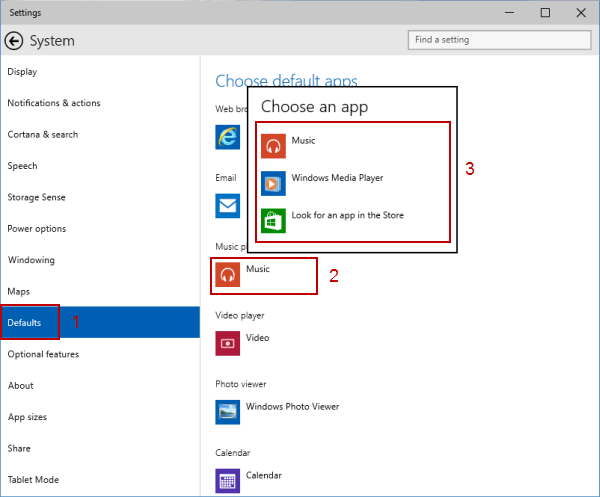

- #How to change default program files location how to
- #How to change default program files location windows 10
If you are using the operating system of 64 bit, you will find two files ProgramFilesDir, and the other is ProgramFilesDir(x86). You can see its file contents given on the right portion of the Registry Editor window in the image beneath. At last, double-click on the sub-directory “CurrentVersion” to see its contents. In this folder, expand the sub-folder “Windows”. Within this folder, extract the subfolders of the “SOFTWARE” folder, and then expand the “Microsoft” sub-folder. Now click on the Computer and expand the subfolder “HKEY_LOCAL_MACHINE”.
#How to change default program files location windows 10
This time we need to change the default installation folder location for new programs or software that will be installed on our Windows 10 system. Open the Registry Editor again from the desktop search bar. Change "Program Files" location for all applications The procedure you must take varies whether you'd like to relocate a native Windows 10 software or third-party software to another disc.
#How to change default program files location how to
Allow us to demonstrate how to relocate an app or software to a different disc. Changing the default configuration destination of “C: Program Files” became one approach to save up lots of space inside the C drive. Program Files is among the most significant directories on the C drive, and it occupies up lots of space if you have a lot of applications loaded. One can relocate certain documents to several other discs when the C drive is full.

By standard, 32-bit software is deployed mostly in the “C: Program Files(x86)” directory, whereas 64-bit applications are placed in the “C: Program Files” directory. Other than that, it is a good option for users who run out of space on their primary partition regularly.Whenever we load new applications on our computer, they are enabled by default throughout the System disc, that is usually C. Windows 10 replicates the default storage path on the new partition and there is no option to change that. Moving save locations to a different partition or drive is a welcome feature but it is a bit unfortunate that the folder structure itself cannot be changed at all. But I'd really only recommend using it for the save location, if the drive will be permanently connected to the computer. So, you can use them for saving content as well.īut what about USB hard drives? Can I use those? If you have an external drive connected to the computer, you will see it listed as well. It also lets you select other hard drives installed on the computer. You could set Music to be saved on F: and so on. Continuing with the previous example, you could select a different drive for Documents, say E. Windows 10 allows you to pick different partitions for different categories.

It's too bad that you can't pick a custom folder for the saved data, but this option should be fine for most users. selecting D: as the new location for pictures on my computer created the folder in D:\Ashwin\Pictures.

It will be created in the following format: "Username\Content Type\". Note: Windows will still create its Documents folder for each of the selected drives. You may have to re-open existing applications for the change to be reflected though. Once you have done this, Windows 10 will save the data to the selected partition. You will see a progress cursor, wait for a few seconds and it should be done. You will have to repeat this for each of the 6 options if you want to change the save location for each of the data types. If you want to change the save location of Apps, simply click the button next to the icon and select a different drive.


 0 kommentar(er)
0 kommentar(er)
